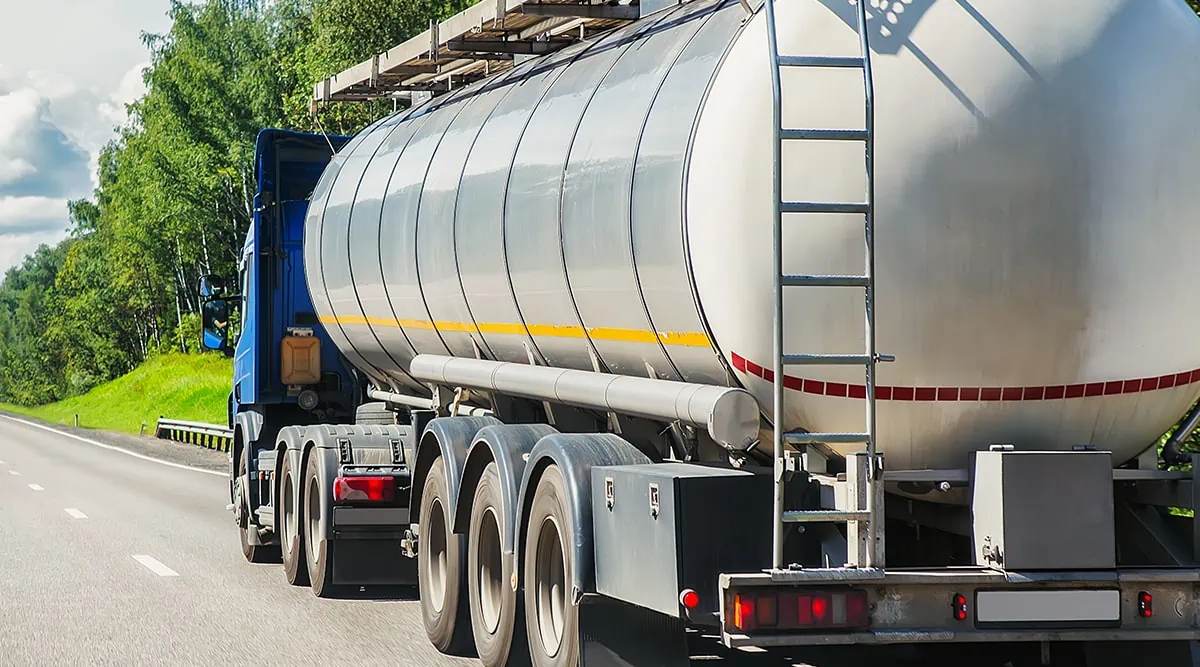The Ultimate Guide To Reclaim Waste
Table of ContentsA Biased View of Reclaim WasteA Biased View of Reclaim WasteThe Only Guide to Reclaim WasteRumored Buzz on Reclaim Waste3 Easy Facts About Reclaim Waste Explained
Residential sewer waste refers to the waste and products from a property septic tank. The appropriate administration and disposal of residential sewage waste require liquid waste to be transferred to a sewer therapy plant where the proper methods and tools are applied to cleanse and dispose of waste.
Commercial waste frequently includes potential threats, such as flammable products or a mix of fluid and strong waste items, and calls for a more advanced and in-depth disposal procedure. The disposal of business waste usually entails the filtration of waste before transportation to ensure risk-free and appropriate disposal. Industrial waste is produced from results and drainage of industrial procedures and production.
This kind of waste can not utilize the same sewage management transport or processes as septic or industrial liquids. The hazardous waste monitoring procedure calls for the inspection and screening of fluid waste prior to it undertakes the disposal process (industrial wastewater treatment). Overflow waste is the fluid waste that comes from overflow and excess stormwater in extremely inhabited locations or cities
Drainage waste can create contamination and flooding if not managed properly. Making certain correct waste monitoring can avoid calamities and reduce ecological injury.
Reclaim Waste Fundamentals Explained
Get in touch with PROS Services today to find out about our waste administration and disposal solutions and the correct methods to look after the fluid waste you produce.
Do you recognize what happens to your water when you disengage, purge the bathroom or drain pipes the washing machine? No? Well, it deserves recognizing. This supposed 'wastewater' is not just an essential source yet, after therapy, will certainly be released to our land, waterways or the ocean. Used water from commodes, showers, bathrooms, kitchen area sinks, washings and industrial processes is recognized as wastewater.

water utilized to cool down machinery or clean plant and equipment). Stormwater, a kind of wastewater, is runoff that moves from farming and city locations such as roofs, parks, gardens, roads, courses and seamless gutters right into stormwater drains, after rain. Stormwater streams untreated straight to regional creeks or rivers, at some point getting to the ocean.
Reclaim Waste Can Be Fun For Anyone
In Queensland, a lot of wastewater is dealt with at sewer therapy plants. Wastewater is delivered from residential or commercial websites via a system of sewers and pump stations, recognized as sewerage reticulation, to a sewage therapy plant.
The Division of Natural Resources advises click reference city governments concerning managing, operating and preserving sewage systems and treatment plants. In unsewered areas, neighborhood governments may call for householders to set up private or home sewage therapy systems to treat residential wastewater from commodes, cooking areas, restrooms and laundries. The Division of Natural Resources authorises making use of family systems when they are verified to be reliable.
Many stormwater gets no treatment. In some new subdivisions, treatment of some stormwater to eliminate litter, sand and crushed rock has actually started utilizing gross pollutant traps. Wastewater therapy occurs in four phases: Gets rid of solid matter. Larger solids, such as plastics and various other items wrongly discharged to drains, are gotten rid of when wastewater is gone through screens.
Wastewater after that streams right into huge containers where solids clear up and are removed as sludge. Oil and scum are skimmed from the surface. Uses small living microorganisms referred to as micro-organisms to break down and get rid of continuing to be dissolved wastes and great particles. Micro-organisms and wastes are incorporated in the sludge. Gets rid of nitrogen and phosphorus nutrients that can cause algal blossoms in our rivers and intimidate water life.
Reclaim Waste for Beginners
Nutrient removal is not readily available at all sewer treatment plants since it calls for pricey specialised tools. Clear fluid effluent produced after treatment may still consist of disease-causing micro-organisms - liquid waste disposal.

This typically implies wastewater has actually to be dealt with or impurities eliminated prior to it can be released to rivers. Most wastewater flows right into the sewage system. Under the Act, city governments administer authorizations and licences for eco relevant tasks (Ages) entailing wastewater releases that may have a regional impact. The department administers approvals and permits to Periods involving wastewater launches that could have a regional or statewide impact.
The Basic Principles Of Reclaim Waste
Surveillance gives factual details about water quality and can validate that licence problems are being fulfilled. The information acquired with surveillance provides the basis for making water high quality decisions.
Comments on “Reclaim Waste - An Overview”